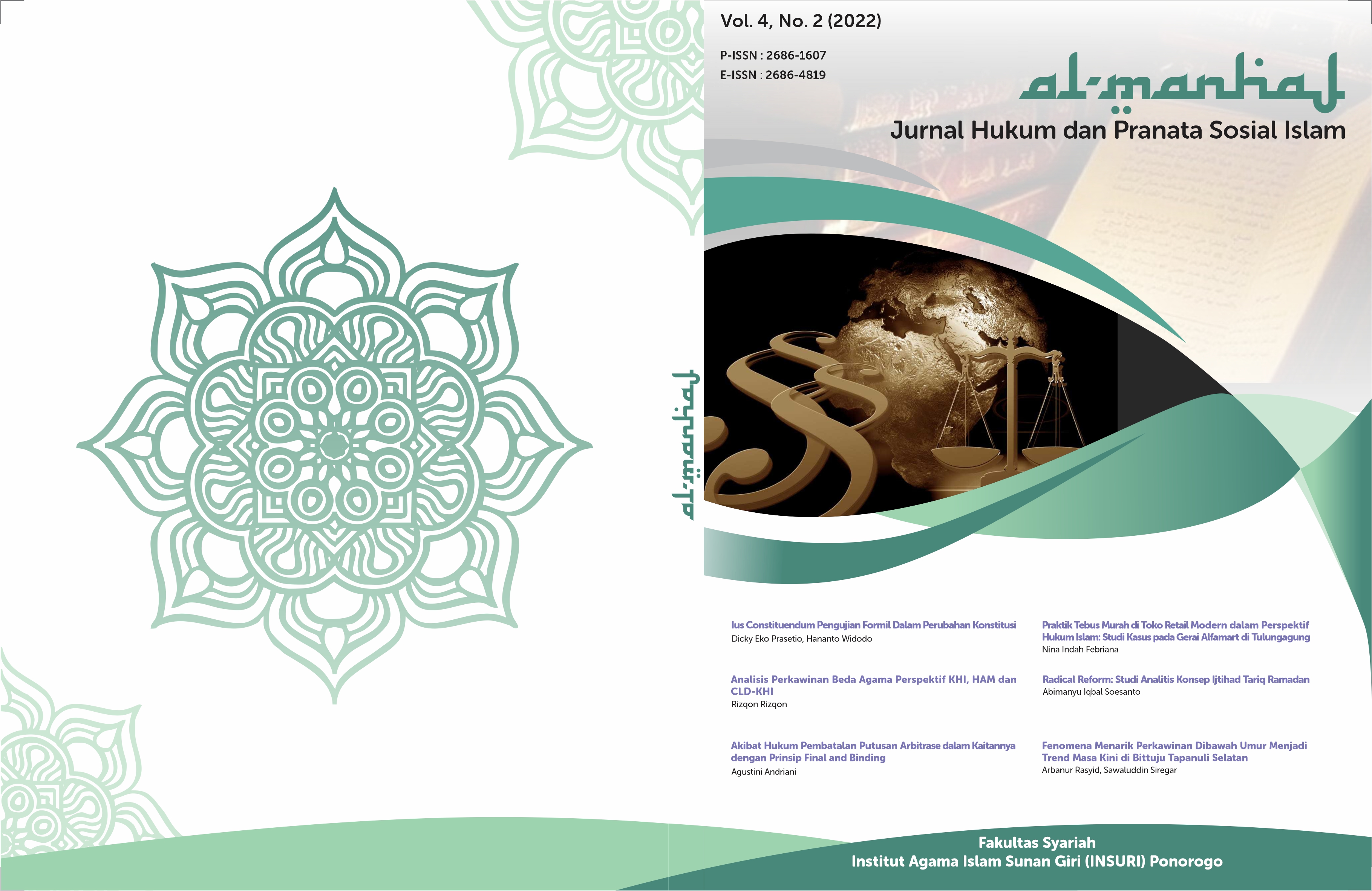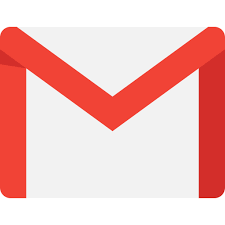Perbandingan Perlindungan Hukum Terkait Data Pribadi di Indonesia dan Jerman
DOI:
https://doi.org/10.37680/almanhaj.v4i2.1791Keywords:
Perbandingan; Perlindungan; Data PribadiAbstract
Protection of personal data is a human right that must be given legal protection. However, Indonesia does not yet have special rules governing the protection of personal data and the Personal Data Protection Supervisory Agency. As for when compared to Germany, which has special rules regarding the protection of personal data in full to the Institution that oversees the implementation of the rules for protecting Personal Data. The research method used by the author is a legal comparison method with the type of research being normative research. The author uses secondary data to analyze the results of the data, namely, primary materials, secondary materials, and tertiary materials. The analytical method used by the author is a qualitative method. Similarities and differences in personal data protection between Indonesia-Germany and the legal contributions of personal data protection that he can adopt or apply in Indonesia such as special arrangements for personal data protection, data classification, one of which is the deletion of personal data, and the establishment of a Personal Data Protection Supervisory Agency and the rules that govern it
References
A, M. (2013). Information Technology Law : The Lawa and Society. Inggris: University Press.
Ayumardi, A. (2000). Demokrasi Hak Asas Manusia dan Masyarakat Madani 2000), hal 32. Jakarta: Tim UIM SyarifHidayatullah.
BDGS. (n.d.). Federal Data Protection Act (BDSG), Article 7 paragraph 1. Jerman.
Direktif Parlemen dan Dewan Konsil Eropa. Direktif Parlemen dan Dewan Konsil Eropa No. 2016/680 tanggal 27 April 2016 yang terkait perlindungan oleh pihak individu sehubungan yang berwenang dengan tujuan pencegahan, investigasi, deteksi, atau penuntutan pelanggaran pidaha/eksekusi hukuman pidana . , (2016). Eropa.
Eropa, U. (2016). The General Data Protection Regulation. 697(1).
European Union Agency for Fundamental Rights and Council of Europe. (2014). European Union Agency for Fundamental Rights and Council of Europe, Handbook on European Data Protection Law. In Handbook on European Data Protection Law. Belgium.
Fahey, E. (2010). Pendapat Claude Moranes di “The European Parliament and Transatlantic Relations: Personal Reflections Institutionalisation beyond the Nation State Transatlantic Relations: Data. Privacy and Trade Law Studies in European Economic Law and Regulation, 10(1).
Hasan, M. T. (2001). Perlindungan terhadap Korban Kekerasan Seksual (Advokasi atas Hak Asasi Manusia). Bandung: Refika.
Indonesia, N. (2021). “Menunggu UU Perlindungan Data Pribadi.
Jayani, D. H. (2021). “Pencurian Data Pribadi makin Marak kala pandemic.
Kementerian Komunikasi dan Informatika Republik Indonesia. (2016). Patent No. 20. Indonesia.
Makarim, E. (2010). Tanggungjawab Penyelenggara Sistem Elektronik. Jakarta: Rajawali Pers.
Marzuki, P. M. (2008). Penelitian Hukum Kasus. Jakarta: Kencana.
Masyhur, E. (1994). Dimensi/Dinamika Hak Aasasi Manusia dalam hukum Nasional dan Internasional. Jakarta: Gahlia Indonesai.
Ministry, F. (2019). Federal Data Protection Act (BDSG).
Pemerintah, P. Peraturan Pemerintah, No. 82 tahun 2012 tentang Penyelenggaraan Sistem dan Transaksi Elektronik, pada pasal 12 ayat (1) huruf c. , (2012). Indoensia.
Poerwandari, E. K. (1980). Pendekatan Kualitatif dalam Penelitian. Jakarta: Lembaga dan Perjuangan Psikologi.
Raul, A. C., & Stepanova, O. (2018). Privacy, Data Protection and Cybersecurity Law Review Fifth Edition. London: Law Business Research Ltd.
Rokhayah, S. (2022). Marak, Waspada Pencurian Data Pribadi.
Seokanto, S., & Mamuji, S. (2001). Penelitian Hukum Normatif (Suatu Tinjauan Singkat). Jakarta: Rajawali Pers.
Stepanova, O., & Raul, A. C. (2018). Privacy, Data Protection and Cybersecurity Law Review Fifth Edition. London: Law Business Research Ltd.
Sudibyo, A. (2019). Jagat Digital : Pembebasan dan penguasaan. Jakarta: Kepustakaan Populer Gramedia.
Susmoro, H. (2019). The Spearhead of Sea Power. Yogyakarta: Pandiva Buku.
Undang-Undang. Undang-Undang Dasar Tahun 1945, pasal 28 F dan 28 G. Indonesia.
Undang-Undang. Indonesia, Undang-Undang No. 39 Tahun 1999 tentang Hak Asasi Manusia, pasal 1. , (1999). Indonesia.
Undang-Undang. Undang-Undang No. 36 tahun 1999 tentang Telekomunikasi, pada pasal 22. , (1999). Indonesia.
Wibisono, A. (2019). Kementerian Keuangan Republik Indonesia : Memahami Metode Penelitian Kualitatif.
Zaenudin, A., & Jovankurbalija. (2018). “Data warga Eropa yang disimpan di Indonesia harus dilindungi.
Downloads
Published
How to Cite
Issue
Section
License
Copyright:
- Author retains the copyright and grants the journal the right of first publication of the work simultaneously licensed under a Creative Commons Attribution 4.0 International License that allows others to share the work with an acknowledgment of the work's authorship and initial publication in this journal.
- Author is able to enter into separate, additional contractual arrangements for the non-exclusive distribution of the journal's published version of the work (e.g., post it to an institutional repository or publish it in a book) with the acknowledgment of its initial publication in this journal.
- Author is permitted and encouraged to post his/her work online (e.g., in institutional repositories or on their website) prior to and during the submission process, as it can lead to productive exchanges, as well as earlier and greater citation of the published work (See The Effect of Open Access).
License:
-
Attribution — You must give appropriate credit, provide a link to the license, and indicate if changes were made. You may do so in any reasonable manner, but not in any way that suggests the licensor endorses you or your use.
-
No additional restrictions — You may not apply legal terms or technological measures that legally restrict others from doing anything the license permits.
You are free to:
- Share — copy and redistribute the material in any medium or format
- Adapt — remix, transform, and build upon the material for any purpose, even commercially.

This work is licensed under a Creative Commons Attribution 4.0 International License.














